When was the last time you evaluated the effectiveness of your horse’s deworming program? Is your approach successful? How do you know?
Recent recommendations from the equine research community can help guide your efforts as you review the particulars of your strategy and consider changes. Here’s what you need to know to bring your horse’s deworming program up to date.
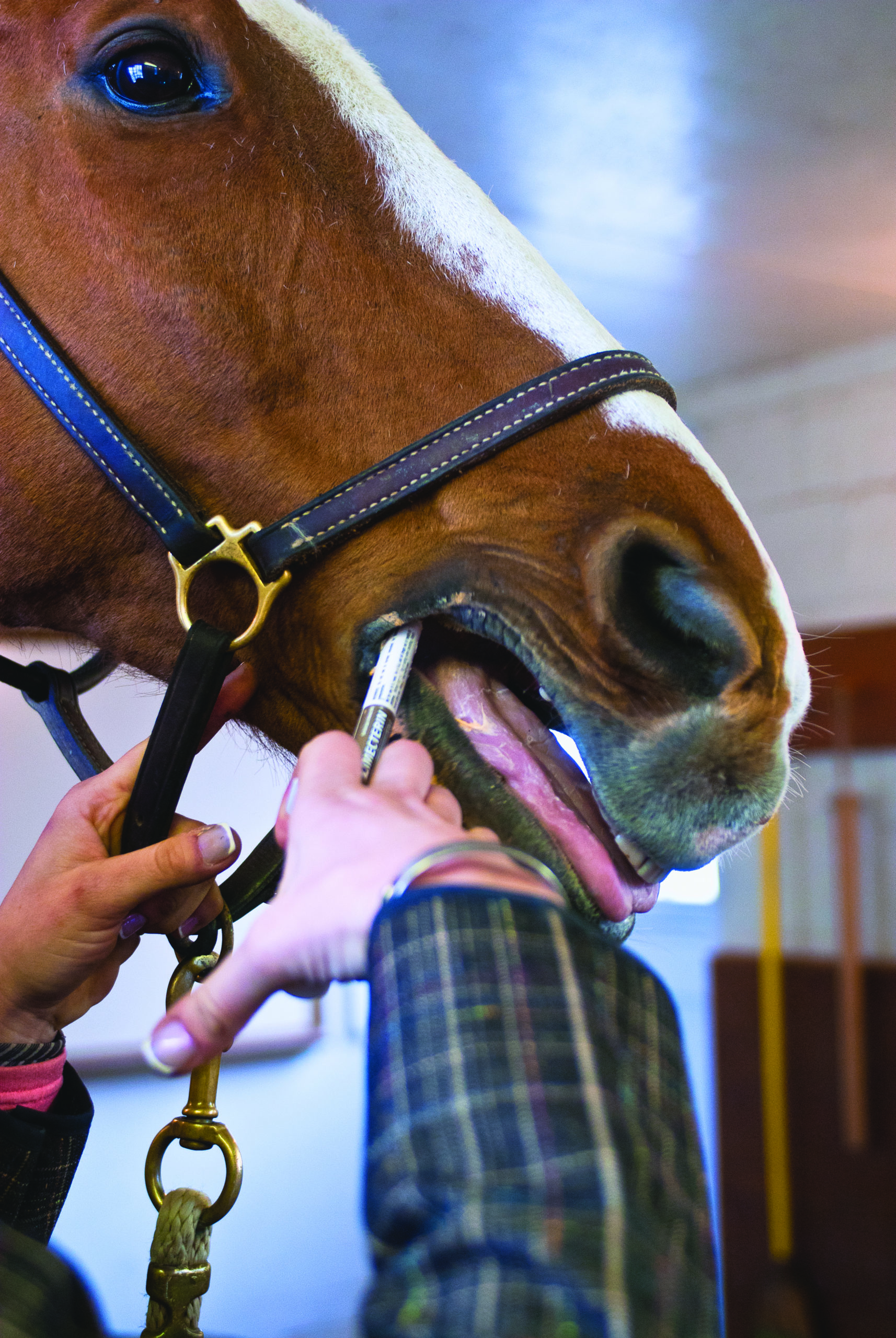
Upending Tradition
“For several decades the general goal of deworming was to eradicate parasites from horses,” says Martin K. Nielsen, DVM, PhD, DipEVPC, DACVM, who is the Schlaikjer Professor of Equine Infectious Disease at the University of Kentucky’s Gluck Equine Research Center. “This not only was impossible but also counterproductive because aggressive deworming efforts resulted in widespread levels of drug resistance.”
As Dr. Nielsen explains, rotational deworming—the long-held practice of treating horses every eight to 12 weeks with products of different chemical classes—has not prevented resistance the way it was once thought it would. To complicate the situation further, no new dewormers have been introduced since 1981 and none are in development—a process that usually takes a minimum of five years.
Recognizing the need for change, the American Association of Equine Practitioners released Parasite Control Guidelines in 2013. Twice—in 2016 and 2019—the organization has reviewed and revised those recommendations. Dr. Nielsen led the task force that wrote the original and updated versions.
New Objectives
According to Dr. Nielsen, the two primary goals of any parasite control program now are:
• to minimize the risk of parasitic disease—conditions in which parasite levels are high enough to cause symptoms such colic, diarrhea and weight loss.
• to maintain the effectiveness of current dewormers for the future.
To achieve this balance, he says, “Deworm only as often as is necessary for your particular horse.” The best way to determine what’s appropriate for him is to first measure the levels of parasite eggs—primarily small strongyles, which are the most common—existing in his digestive system, or “shedding” in his manure, using a fecal egg count. Then repeat the test two weeks after treatment to evaluate how well it worked.
The Case for Counting
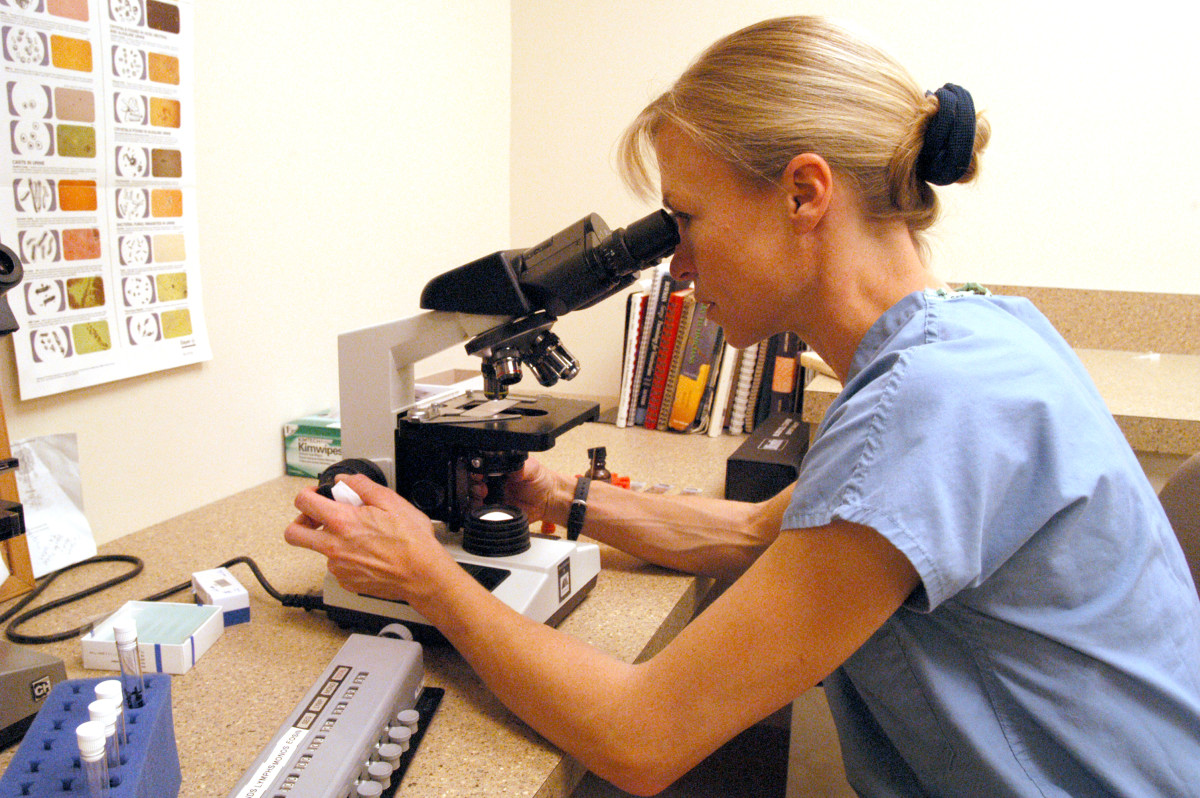
Dusty Perin
A veterinarian performs a fecal egg count from a sample of a horse’s manure that has been prepared for examination under a microscope. Several methods are used, but the results—expressed as eggs per gram—reveal the type of strongyle shedder a horse is:
• low: less than 200 EPG
• moderate: 200 to 500 EPG
• high: more than 500 EPG.
“The overwhelming majority of mature horses belong to the low-shedding category,” Dr. Nielsen says, and he offers statistics from his research: “Typically, 50 to 70 percent of the horses in a herd will be in the low-shedding category. The moderate shedders will always be a small proportion of the herd, usually about 10 to 20 percent. The remaining horses are the high shedders—often around 10 to 20 percent.”
What accounts for the differences? According to Dr. Nielsen, “We observe this phenomenon in adult horses and only for the strongyle parasite category. With some variation, horses seem to find their general level of egg shedding, which they maintain throughout life. A majority of horses will have very low or negative egg counts [a reading of 0, where no eggs are detected]. We believe immune status has a lot to do with strongyle shedding status. Horses who move a lot, are training hard or trailered to shows every weekend tend to have higher egg counts. Horses that are hospitalized for non-intestinal conditions like lameness or reproduction can also be observed to increase their egg counts.”
What does this mean for how often a horse should be dewormed? Shedding status correlates with frequency and timing. As Dr. Nielsen explains, “In the case of a low shedder, two annual dewormings—one in the spring and one in the fall, depending on the length of the grazing season—will be all that’s needed. Some horses require even fewer treatments and some high shedders require more, especially in climates where the grazing season extends beyond five or six months.” Your veterinarian can evaluate your horse and work with you to establish the appropriate interval as well as the dewormer to use. A fecal egg count performed two weeks following treatment will reveal whether the number of eggs has been significantly reduced.
How necessary are the pre- and post-treatment counts? Without them, it’s impossible to effectively deworm a horse long-term, Dr. Nielsen says. “A lot of people are using products that don’t work. But they will never know if they never check.” He also cautions against relying solely on the information provided on a drug’s label to rate a dewormer’s effectiveness. “It’s historic information—in other words, how the product worked when it was first introduced. But often, it does not represent the current situation as resistance is ignored. So, the only way to know, is to test.”
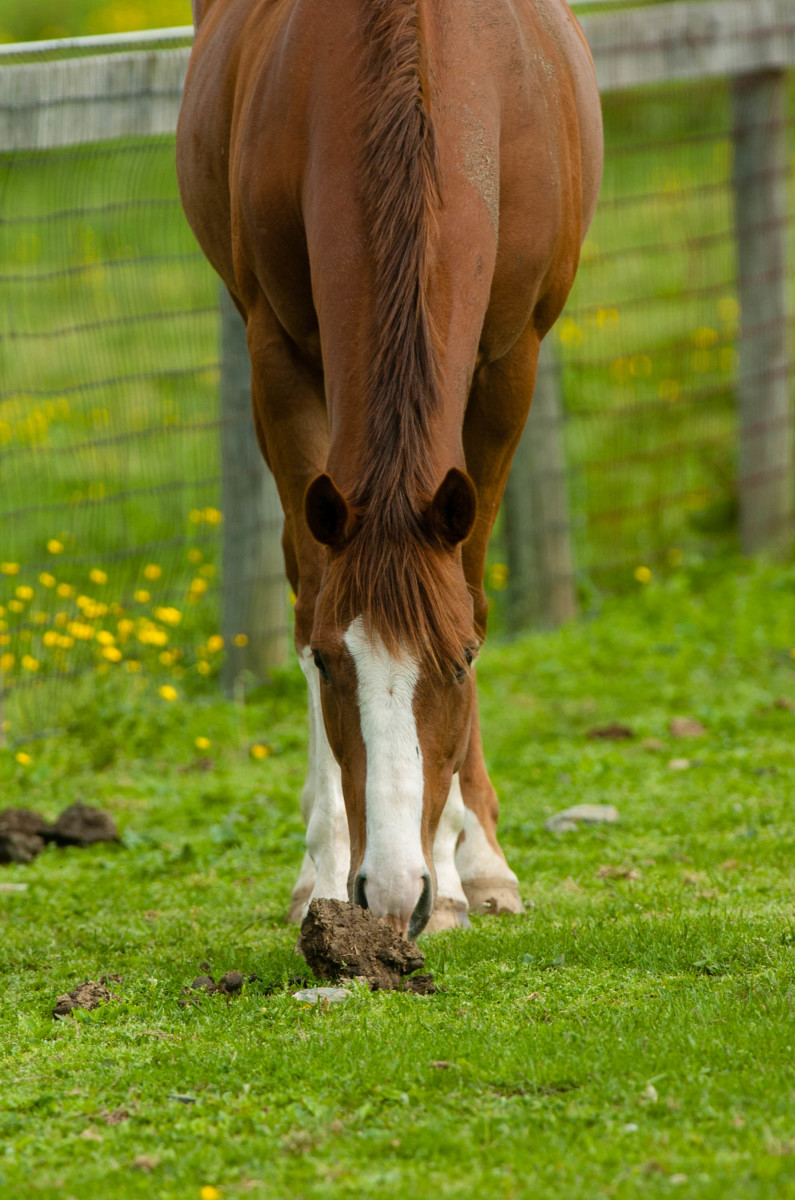
Even so, research shows that fecal egg counts are not yet widely used by horse owners. “What we see is that people may deworm less now compared to 20 years ago, but they are not really using egg counts more and they are almost never testing treatment efficacy. I think the explanation is simple: Reducing the number of treatments does not cost anything; you actually save money. But collecting fecal samples and running egg counts comes with a cost. So, we researchers still have a lot of work to do to get the word out.”
Hatch, Migrate, Mature, Repeat
Knowing something about how equine parasites live can help guide your deworming efforts. For instance, consider this: There are more than 150 species of internal parasites that can infect horses, but only a handful pose the most serious health threats. The majority begin life as eggs in a manure pile. When conditions are right—warm and moist as in the spring, summer and fall, depending on climate—the eggs develop into larvae that latch onto the grass and are consumed by a horse as he grazes. Once they enter his body, the larvae mature primarily within the intestines, where they can become destructive. Eventually, the adults pass out of the digestive tract in the horse’s manure.
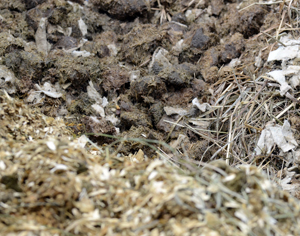
Frank Sorge/arnd.nl
Many horses look healthy even while harboring large numbers of internal parasites. But some individuals exhibit signs of infestation that include a dull hair coat, loss of appetite, lethargy, unthriftiness, weight loss, diarrhea and colic. In rare cases, infestation can be fatal.
Species’ Specifics
Three parasites currently present the most significant health threat to horses according to research:
Small strongyles (cyathostomins) are the most common equine parasites. Some 40 different species infect horses. The larvae burrow into the lining of the cecum and colon and remain dormant (encysted) for several months before completing their lifecycle. Says Dr. Nielsen: “Every single horse in the world with access to pasture has small strongyles in his body.” And decades of frequent dewormer use have resulted in high levels of drug resistance.
The large majority of horses tolerate the parasite without showing signs of disease or discomfort. But the larvae can disrupt digestion and absorption of nutrients as well as severely damage the lining of the intestine, especially when large numbers emerge from the encysted stage all at once.
Ascarids (roundworms) are an issue for foals, weanlings and yearlings. The larvae begin growing in the small intestine and then migrate through the liver, lungs and pharynx (a cavity just behind the mouth). Swallowing returns the larvae to the small intestine to mature and reproduce. Signs of infestation in a youngster include weight loss, stunted growth, a rough or dull hair coat, potbelly, lethargy and colic. The heaviest worm loads may block the intestines, causing life-threatening ruptures. Horses develop immunity to ascarids as they mature.
Tapeworms, which also are highly prevalent in horses, require an intermediate host to help them make their way into the digestive tract. Their eggs are consumed by forage mites that live on pasture grass and are ingested by horses as they graze. As tapeworm larvae mature in the gut, they adhere primarily to the wall at the junction of the small intestine and cecum, increasing the risk of impaction and rupture at the site. However, according to the AAEP’s latest guidelines, most horses infected with tapeworms tend to have very few worms.
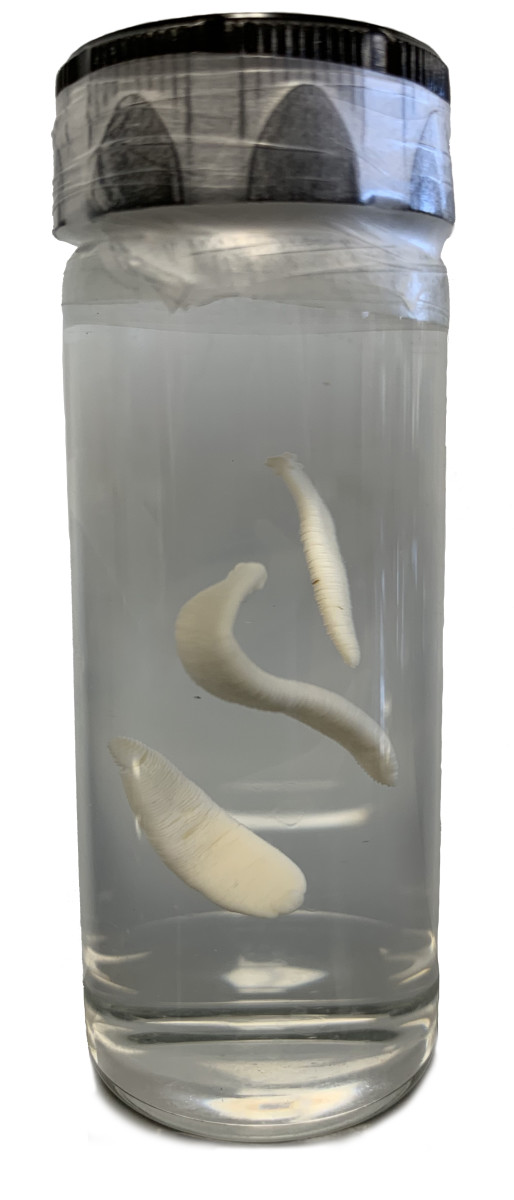
Courtesy Dr. Martin K. Nielsen
Four additional parasites are of somewhat lesser concern for several reasons: They are rare or do less harm or because maturing horses develop immunity to them.
Large strongyles (bloodworms) were once the major parasites in horses of all ages. Now they are rare because the strategy originally employed to control them led to a reduction in the worm population. There are three species of large strongyles: S. vulgaris, which can weaken the walls of the abdominal arteries, making them prone to rupture; S. edentates, which forms nodules in the large intestine wall before entering the gut; and S. equinus, which migrates to the liver then moves to other organs before becoming egg-laying adults in the large bowel. Only the bloodworm has been associated with a known condition: inflammation in the abdominal cavity (peritonitis).
Pinworms live in the intestinal tract, but do little harm there. They become an issue when female pinworms emerge from the rectum and deposit yellow eggs and a sticky, irritating substance around the anus. To relieve his discomfort, a horse will rub his hindquarters and tail, often causing the areas to become raw as he also spreads the eggs throughout his environment.
Threadworms primarily infect foals who consume them as they nurse. They migrate through the liver and lungs and can damage the lining of the arteries. Foals with threadworms may experience diarrhea. Most horses develop immunity to them by the time they are a year old.
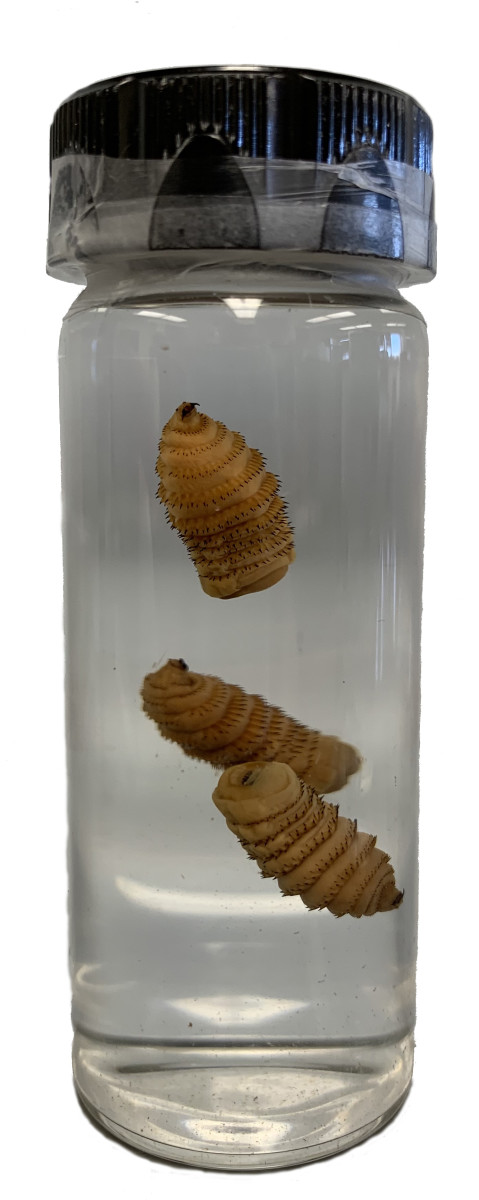
Courtesy Dr. Martin K. Nielsen
Bots are not worms, but the larvae of a species of fly that deposits yellow-colored eggs primarily on a horse’s forelegs, chest and shoulders—areas where he is likely to lick them. The larvae then burrow into the tissues of the mouth for a time, possibly producing small areas of ulceration. Eventually, they travel to the stomach and attach to the lining. They exit in the feces after about eight to 10 months to mature in the ground.
The Deworming Arsenal
The AAEP guidelines list four chemical formulations that are commonly used to treat internal parasites in horses though the incidence of resistance is increasing.
Benzimidazoles have been a mainstay of equine parasite control for more than 50 years. They act by interfering with a worm’s metabolism. Agents in this class include:
• fenbendazole
• oxfendazole
• oxibendazole.
All three are effective against ascarids, large strongyles and pinworms, but small strongyles are widely resistant. Oxibendazole also works against threadworms.
Tetrahydropyrimidines cause paralysis in parasites. Small strongyles are commonly resistant to the agents in this class:
• pyrantel pamoate, which works against ascarids, large strongyles, pinworms and tapeworms
• pyrantel tartrate, which is formulated in alfalfa pellets as a feed-through dewormer. It is effective against ascarids and large strongyles, but only as a preventive. It will not purge parasites from the intestines.
Macrocyclic lactones block nerve transmissions to paralyze worms. Agents in this class include:
• ivermectin
• moxidectin.
Both work against most of the common equine parasites, but ascarids are widely resistant. In addition, ivermectin does not kill encysted small strongyles.
Isoquinoline-pyrozines is a class that contains one agent:
• praziquantel, which is effective only against tapeworms.
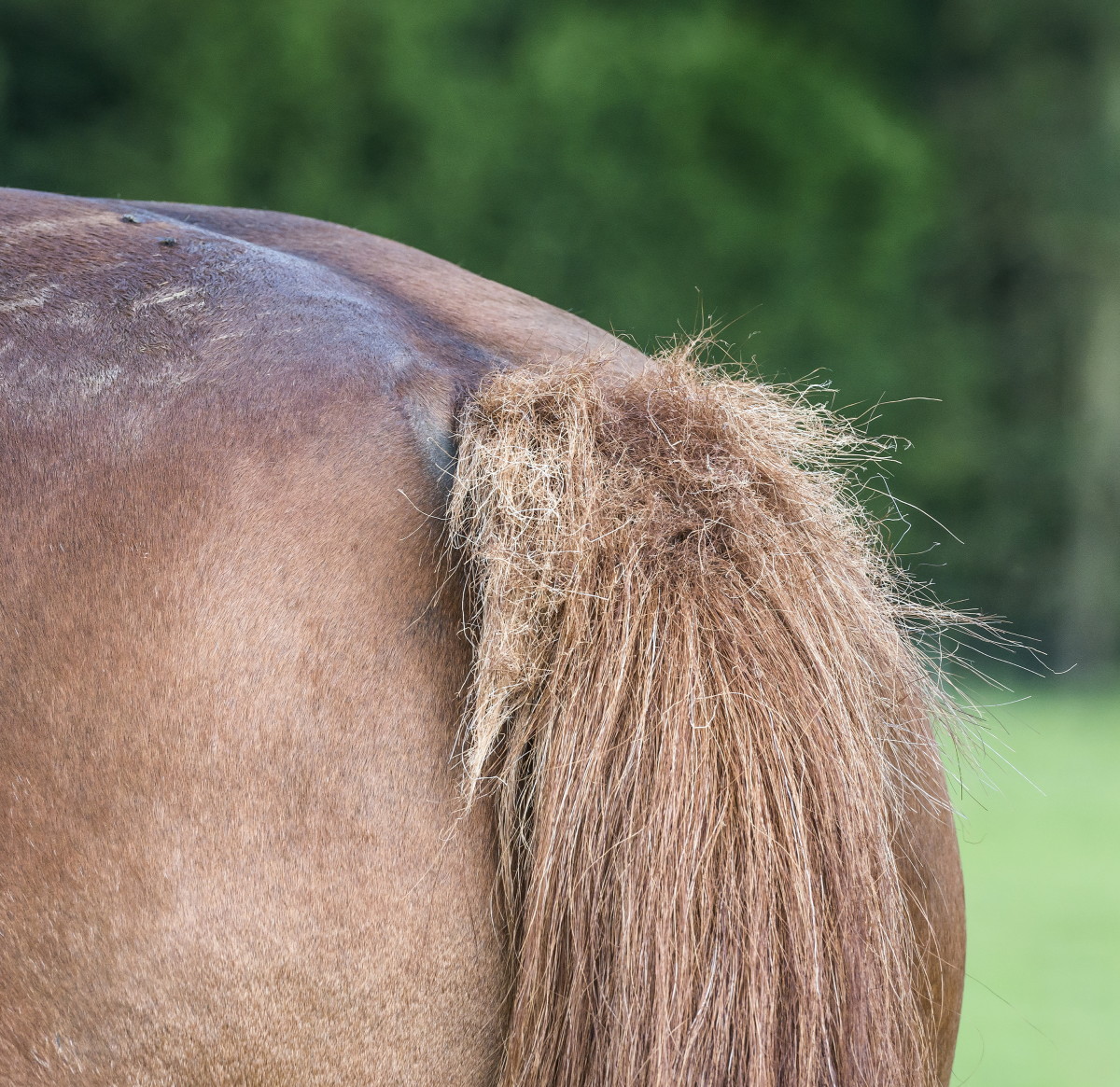
Paula da Silva/arnd.nl
Management Tactics
Using dewormers to treat equine parasites is just one facet of an effective control plan. Good pasture management can also reduce a horse’s risk of infection. There are several strategies that researchers recommend:
• Allow sufficient pasture space to support horses’ inclination to establish separate eating areas (“lawns”) and waste areas (“roughs”). As a general rule, provide about two acres per horse to help prevent overgrazing of the lawns and reduce the possibility that parasite eggs and larvae in the roughs will be consumed.
• Pick up and remove manure on a regular basis—at least once a week.
• Compost collected manure for a minimum of a week before spreading it back onto a pasture. The heat generated within a decaying pile can exceed 100 degrees Fahrenheit—a temperature lethal to parasite eggs and larvae.
• Rotate pastures when possible or section off portions to give parasites time to die off while the horses graze elsewhere. This can take three to four weeks in hot, dry weather—when the temperature is above 85 degrees Fahrenheit—and as long as six to nine months during the colder times of the year.
• Alternatively, if possible, rotate pastures with sheep or cattle—species that aren’t susceptible to exactly the same parasites as horses and vice versa. For instance, research shows that sheep graze throughout a pasture and will consume the roughs left by horses. “The taller grass in those areas helps protect parasites from heat and drying,” he says. “It shades them from direct sunlight and helps them hold moisture. Grazing these down with cattle or sheep leaves worms more vulnerable to drying.”
• Mow and harrow horse pastures periodically to break up manure piles and expose parasite larvae to the elements. How often will depend on the weather and the length of time the pasture can be rested afterward. Larvae can survive freezing, but they tolerate heat and arid conditions for no more than a few weeks.
• Consider the ages of all the horses and treat youngsters as high shedders.
• Evaluate the health—including shedding status—of new horses before turning them out with a herd.
What Lies Ahead
Time will tell how horse owners and veterinarians put the scientific community’s latest recommendations on equine parasite control to use. As Dr. Nielsen sees it, one of the greatest challenges for researchers is simply getting their message out. “We have to communicate as effectively as possible and make good use of the platforms available. Scientists in general have to become much better at using social media,” he says. To increase interest in his work and make the findings as accessible as possible, Dr. Nielsen is on Twitter and Facebook and has a YouTube channel, Martin K. Nielsen Equine Parasitology. A popular feature is his series of 18 short videos that outline important concepts in parasite control and address common misconceptions—“Deworm Debunk.”
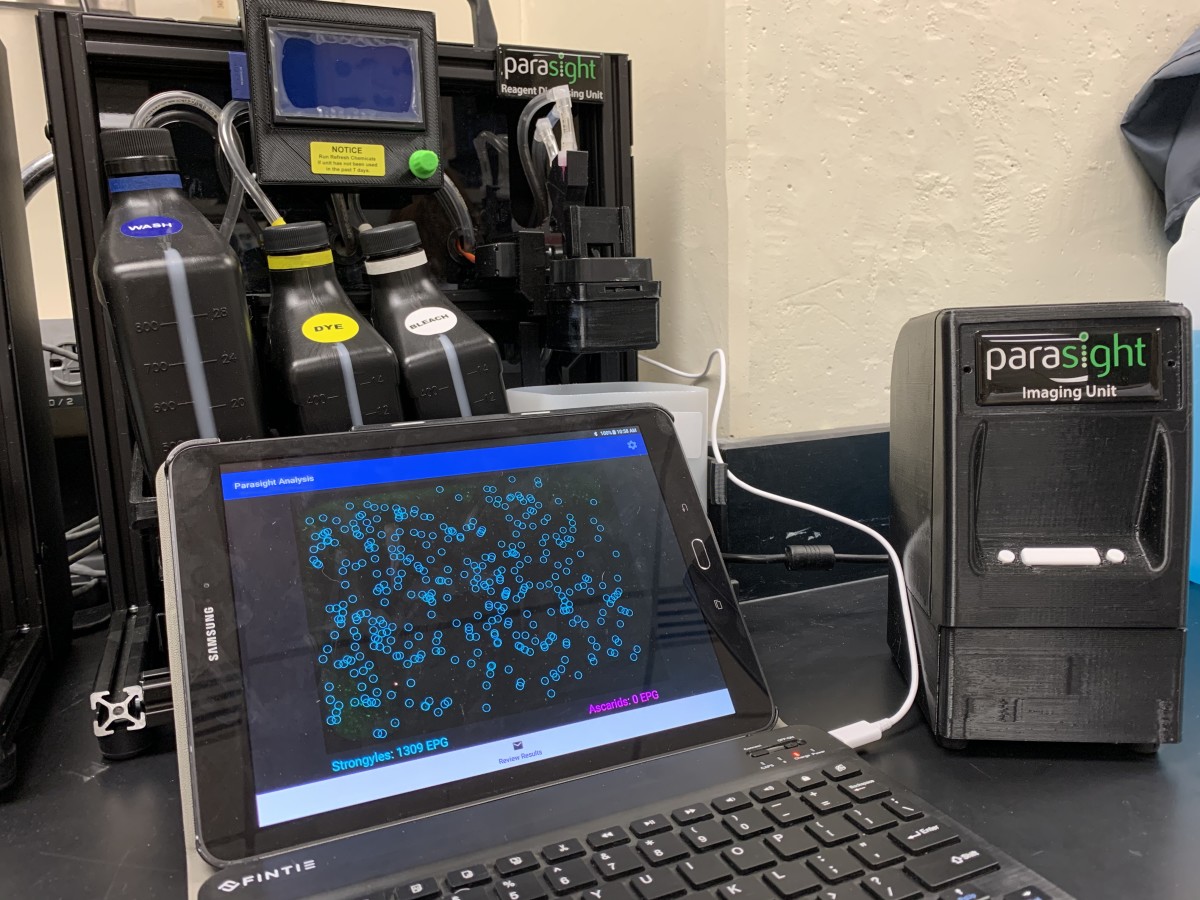
Courtesy Dr. Martin K. Nielsen
Now in his ninth year at the Gluck Center, Dr. Nielsen points to ongoing research and product development that will shape the future of equine parasite control. Among the advances in use and on the horizon:
• the Parasight System, a smartphone-based fecal egg diagnostic and intestinal parasite management tool developed by Dr. Nielsen and colleagues to allow veterinarians to perform rapid, reliable, quantitative, on-site and in-house fecal egg counts in five minutes.
• an ultrasound examination method to detect heavy ascarid burdens in foals and identify the risk of impactions.
• a deworming agent that utilizes a protein produced by the soil bacterium Bacillus thuringiensis to kill parasites. The research has moved beyond the lab, according to Dr. Nielsen, and holds promise.
• a computer simulation model that could offer insights for the timing of deworming treatments by using weather data—primarily temperature and precipitation rates—to identify the grass-growing/parasite-transmission season in virtually any locale.
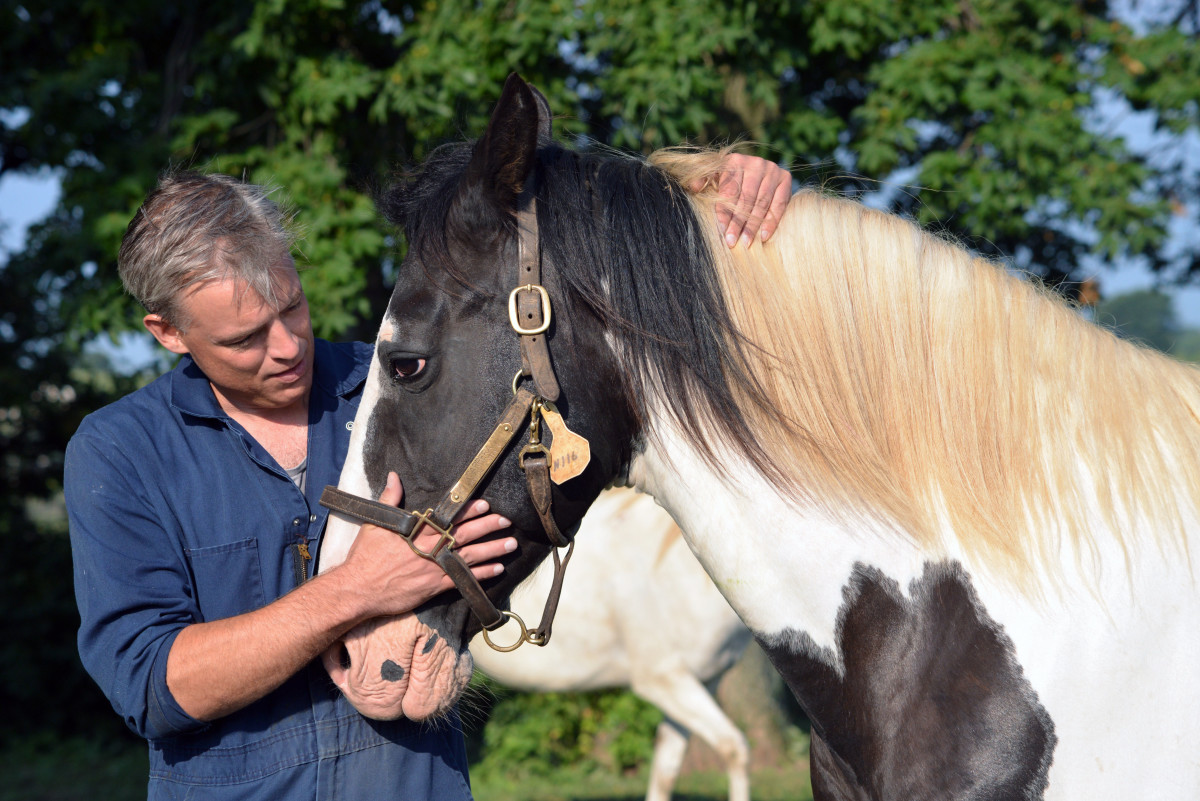
Courtesy Dr. Martin K. Nielsen
These efforts and more will influence how internal parasites are dealt with in horses in the months and years to come. For now, a strategy that identifies and treats according to a horse’s individual needs is likely to yield the most desirable results.
This article originally appeared in the Spring 2020 issue.










